Various Tools Used For API Testing

What Exactly Is An API?
According to Wikipedia,’An application programming interface (API) is an interface or communication protocol between different parts of a computer program intended to simplify the implementation and maintenance of software’.
API stands for Application Programming Interface. An API is a software intermediary that allows smooth communication between two applications.
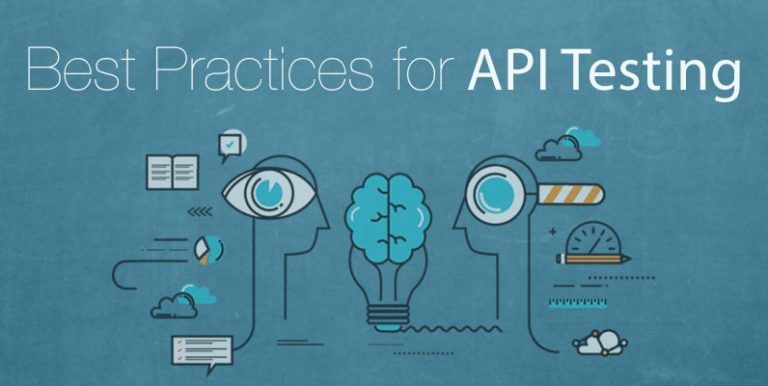
APIs (Application Programming Interfaces), are the connecting layer between different layers of an application. Simply put, it acts as a messenger for applications, devices, and databases.
In addition, APIs are used for programming graphical user interface (GUI) components. A good API makes it easier for the developer to put all blocks together by providing all the building blocks.
The API layer contains the business logic of an application where the user’s interaction with services, data, and functions of the app is determined.

Since the API or service layer is in direct touch with both data and presentation layer it occupies a fixed space for continuous testing for QA and Developmental teams.
Applications have three layers:
- Data layer
- Service (API) layer
- Presentation (UI) layer
What is API Testing?
Today, APIs are considered the epicenter of software development, connecting and transferring data and logic across disparate systems and applications. And testing them greatly improves the efficiency of the testing strategy as a whole, delivering faster software.
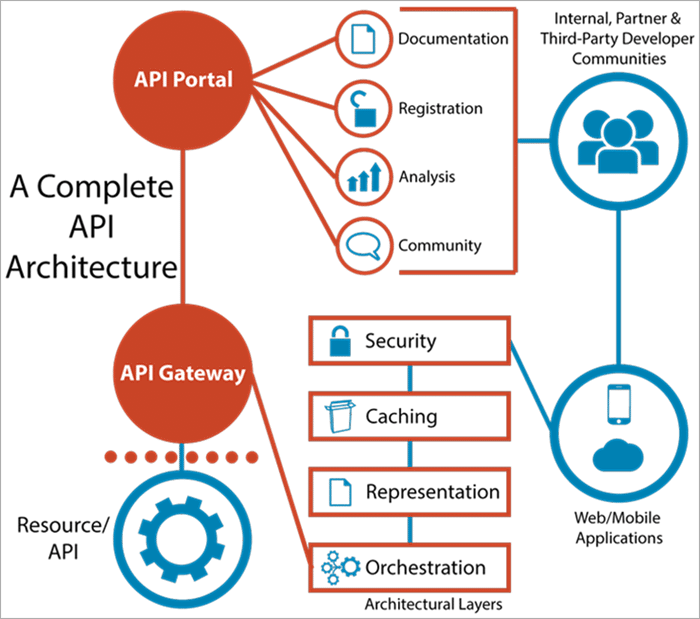
While traditional testing mainly focuses on the UI (User Interface), still it has many advantages to offer in API Testing. API Testing consists of making requests to single or sometimes multiple API endpoints and validating the response for performance, security, functional correctness, or status check whereas UI Testing focuses on validating the look and feel of the web interface. Also, API Testing lays greater emphasis on business logic, data responses, and security and performance bottlenecks.
Various Types of API Testing
- Unit Testing
The testing world is filled with misnomers, and a simple and easy way for “unit test” and APIs is testing a single endpoint with a single request, looking for a single response.
Most of the time “Unit Test” is performed manually via command lines like the “cURL” command or with lightweight tools like SoapUI.
- Integration Testing
Integration testing is the most common form of API testing because APIs stay at the center of integration.
- End-to-End Testing
End-to-End testing can help us validate the flow of data and information between a few different API connections.
- Performance Testing
Earlier load testing was difficult to execute in a CI/CD environment and was performed by very few. LoadUI Pro is a performance testing tool for RESTful, SOAP, and other web services that enable nearly any team member to embed performance tests into their CI/CD pipeline.
Why API testing is required?
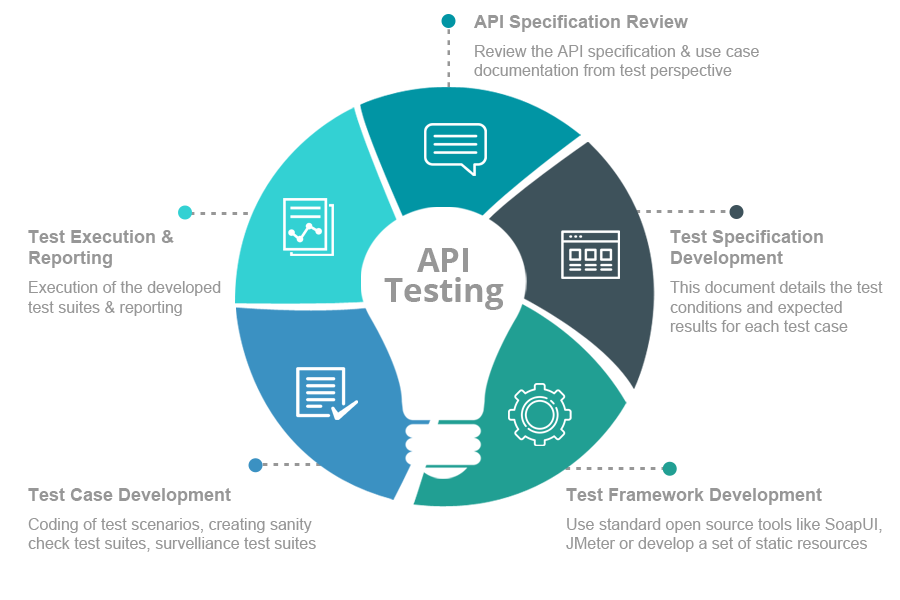
As the software changes happen at a rapid pace, it becomes important to have tests that provide faster feedback for developers and testers. The major benefit of API testing is flexible access to the application without any user interface.
Testing the core, code-level functionality of the application provides an early evaluation of its overall build strength before running the GUI tests.
Also Read | C# Project Ideas From Beginner To Expert
Various API Testing Tools

Let’s check the list of top API Testing Tools/ Their features, which simplifies the development process:
- JMeter
- Postman
- Rest assured
- Citrus Framework
- Fiddler
- Insomnia
- Powershell
- Taurus
- SoapUI
- Karate
- KatalonStudio
- TestNG
- Apiary
- Tricentis Tosca
- Swagger
- Apigee
Various Tools Used For API Testing:-
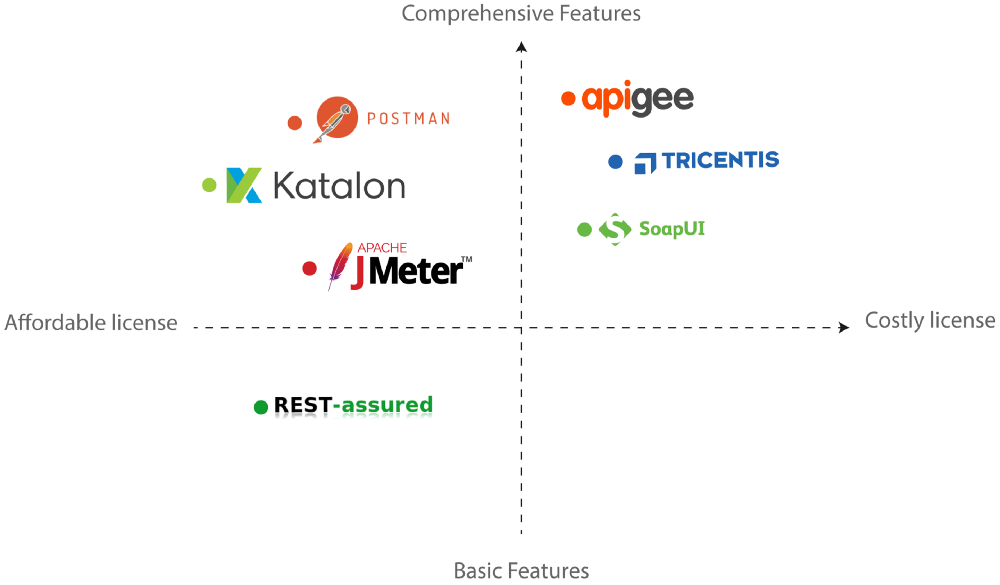
1. JMeter
JMeter was created for load testing, and many developers use it for functional API testing. JMeter is a simple yet powerful tool for automated testing where developers can perform performance testing of RESTFul services with the use of JMeter scripting.
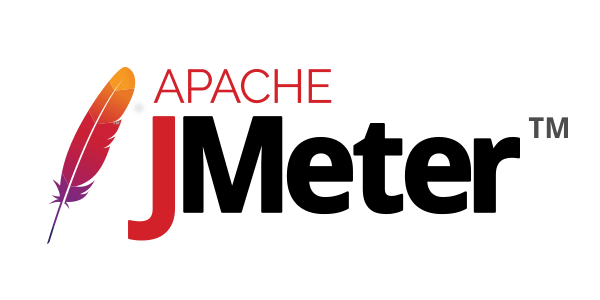
Key Features:
- It can use different languages like Java, JavaScript, and PHP.
- It is designed to test web applications, as well as it has expanded its base to other test functions.
- JMeter includes all the functionality you need to test an API, plus some extra features that can enhance your API testing efforts.
- It also integrates with Jenkins, which means you can include your API tests in your CI pipelines.
2. Postman
Postman is an open-source, easy-to-install tool used for building and testing API. A postman is a good option for exploratory-type API testing and it’s powerful enough to create more integrated solutions as per the need.
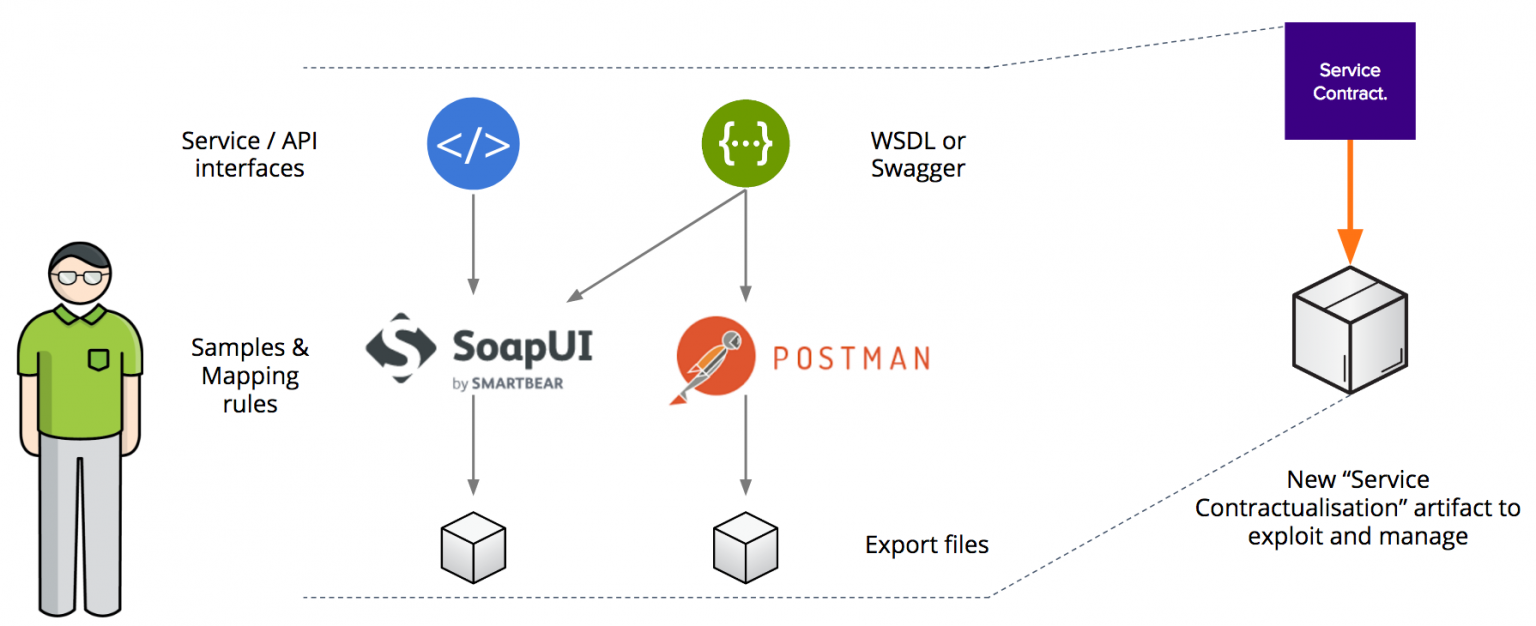
Key features:
- Writing and running tests for every request using JavaScript.
- During testing API in Postman, the developer gets to choose required HTTP methods like GET, PUT, POST, etc.
- Store associated endpoints into a collection.
3. REST-Assured
It is the main tool for API Testing. When using Java, REST-Assured is the best choice for API automation. Rest Assured library is a tailor-made API tool for Java domains using people to test and validate REST Services.
Also Read | Cryptocurrency APIs For Developers
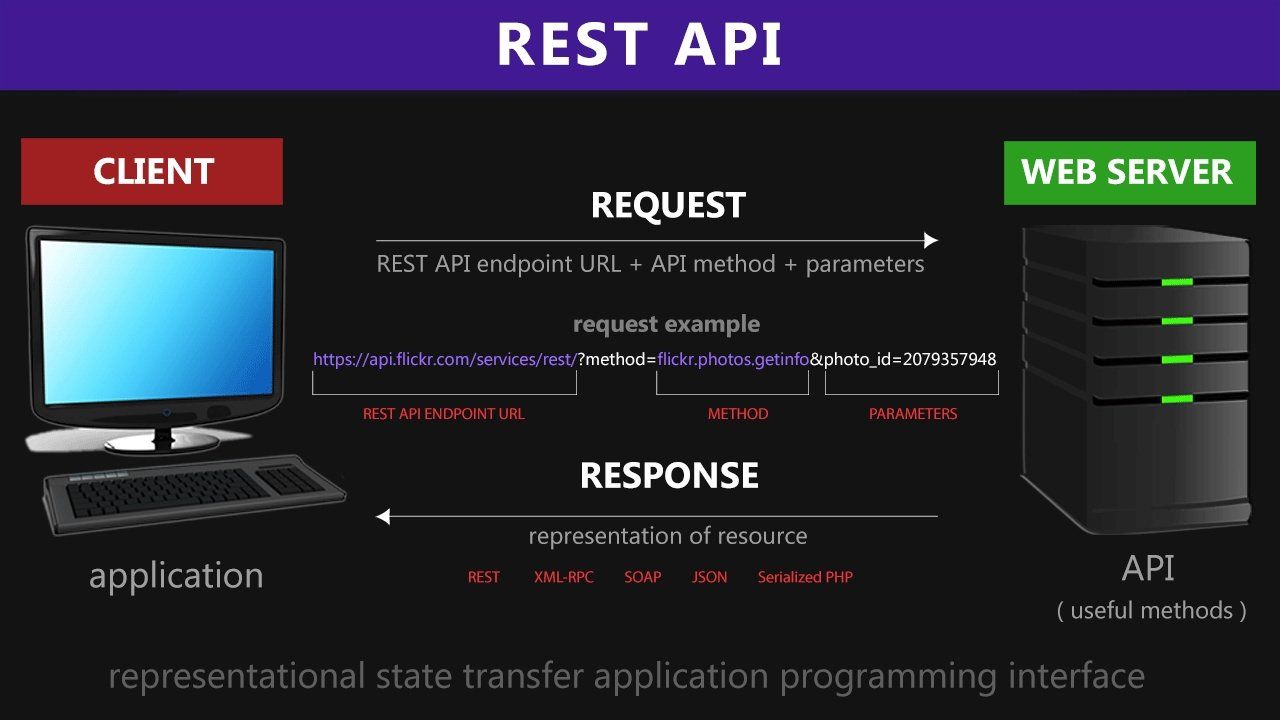
REST-Assured is a fluent Java library used to test HTTP-based REST services. It’s designed with testing in mind, and it integrates with any existing Java-based automation framework.
Key Features:
- The REST-Assured API was created so that one doesn’t necessarily need to be an HTTP expert.
- It provides a behavior-driven development (BDD)-like, domain-specific language that makes creating API testing so simple.
- It also has a bunch of baked-in functionalities, which means one doesn’t have to code things from scratch.
Testing and validating REST services are harder in Java than in other dynamic languages such as Ruby and Groovy, lending simplicity to developers to choose REST-Assured for API Testing.
4. SoapUI
Soap UI is a free, open-source tool used for web services.
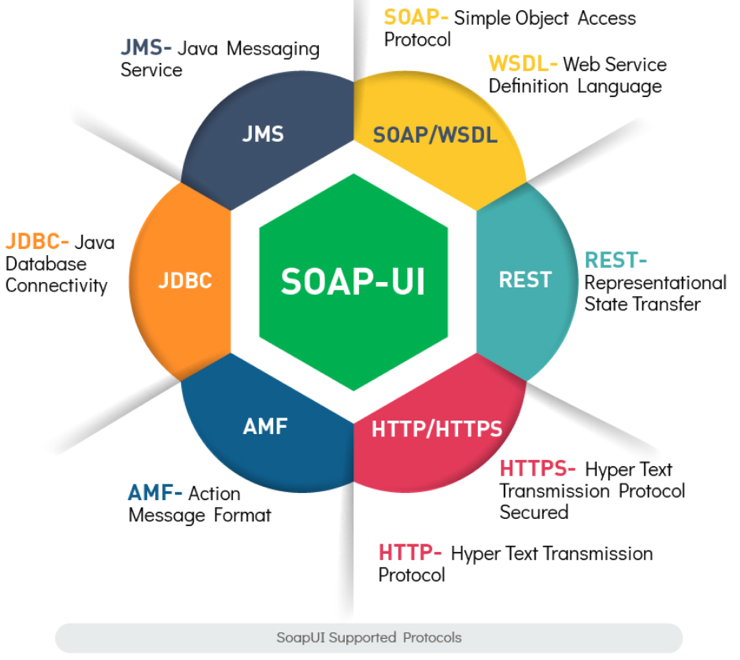
Key Features:
- SoapUI is a major API testing tool used to test web services.
- It is commonly used for SOA ( Service Oriented Architecture) Testing.
- It is sufficient to check both SOAP Web services as well as RESTful Web Services.
5. Karate
Karate is an open-source API test automation tool that can script calls to HTTP endpoints and assert JSON or XML responses as expected.

Key Features:
- API tests are written using BDD Gherkin syntax. But unlike most BDD frameworks (Cucumber, JBehave, SpecFlow), you don’t need to write step definitions.
- It is easy to use since no Java knowledge is required, if you are a novice to programming it's a great blessing.
Also Read | APIs You Need On Your Website
6. Fiddler
Fiddler allows the developer to monitor, manipulate, and reuse HTTP requests.
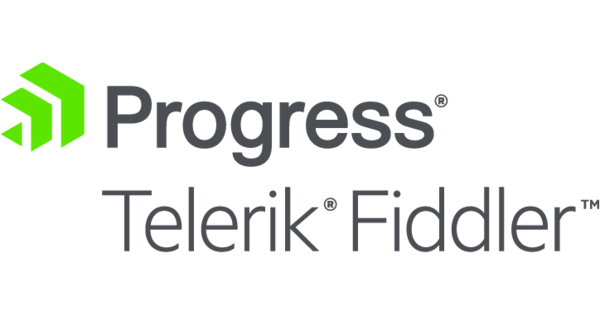
Key Features:
- It helps you debug web applications by capturing network traffic between the Internet and test computers.
- It enables you to inspect incoming and outgoing data to monitor and modify requests and responses before the browser receives them.
7. Citrus Framework
Citrus is an open-source tool that can help to automate integration tests for any messaging protocol or data format.
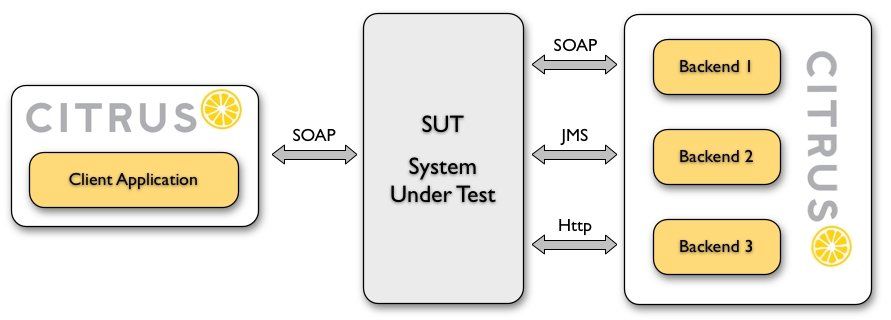
Key Features:
- Works with REST, SOAP, HTTP, JMS, TCP/IP, and others.
- Creates tests using Java or XML.
- If you plan to test headless technologies beyond REST services, Citrus is the tool for you.
- It’s made to handle any headless protocol, giving you an excellent solution for all your non-UI testing needs.
8. PowerShell
Powershell is super-efficient at automating many things from the command line.

Key Features:
- It requires only one line of code to import web services description language.
- It is a factory installed on all windows machines.
- It is easy to learn and very fast as it runs from the command line without any UI overhead.
9. Insomnia
It’s a free and easy-to-use tool possessing a visually attractive interface.

The major benefits of Insomnia are:
- It allows the creation of HTTP requests
- It allows viewing of response details
- It organizes your tests
- It reuses values
- It generates code snippets
10. Taurus
Also Read | Augmenting Adobe Creative Suite Capabilities With Custom Plugins And Extensions
Taurus is an automation-friendly framework for continuous testing. Also, one can use it with JMeter.
The power of Taurus is that it allows the developer to write their tests in YAML. One can actually describe a full-blown script in about 10 lines of text, which provides the developer the ability to describe their tests in a YAML or JSON file.
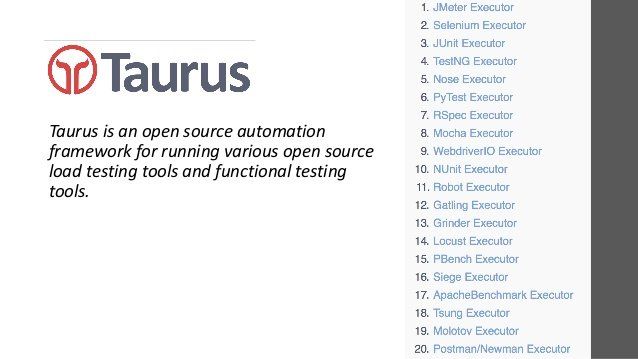
Key features:
- Taurus allows more members to contribute to AI testing. Since test cases are written in YAML, the tests in Taurus are much more readable which makes it easier to perform code reviews.
- Taurus fits performance testing in your CI/CD pipeline more efficiently.
- Taurus provides a sort of abstraction layer on top of JMeter.
Taurus is great to use when the developer wants to take a more BDD-testing approach to their API testing efforts and using YAML files provides clear, easy-to-read tests.
11. Katalon Studio
Katalon Studio is considered the best automation testing tool for Web, API, and Mobile. It is often viewed as one of the best-emerging testing tools.
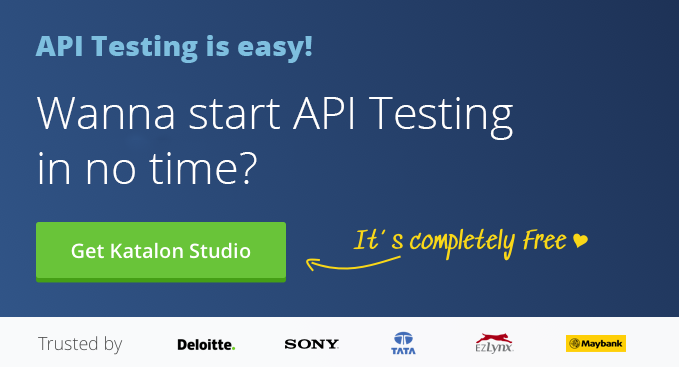
Key features:
- End-to-end testing solution for testers and developers
- Supports all kinds of SOAP, and REST requests
- Works with a framework such as BDD Cucumber. It’s a testing approach in which the written test cases are in natural languages and helps the conveyance between business stakeholders and technical human resources.
- Built-in integrations with Jenkins, JIRA, Slack, Docker, and qTest
- Efficiently utilize Katalon UI/UX features like searching, drag & drop, built-in keywords, and selecting test cases
12. TestNG
TestNG is inspired by JUnit and NUnit for the Java language. The best feature of TestNG is to provide easy-to-use functionalities and fulfills all types of testing requirements like unit, integration, functional testing, etc.
Key Features:
- If TestNG is used with Selenium, one can create a prompt report where we c get to know how many test cases were unsuccessful, progressed, and bounced.
- Easily integrate with DevOps tools like Maven, Jenkins, Docker, etc.
- Create data-driven tests using TestNG.
Also Read | Implementation Of Automated GitHub Actions
13. Swagger
Swagger tools are both open source and pro and are helping millions of developers & testers to deliver great API.

Key Features:
- Inspector is easy to design, document, and test API through swagger.
- One can test APIs on the cloud.
- Support all types of services like REST, and SOAP.
- SwaggerHub is the platform where one can design and document with OpenAPI.
14. Tricentis Tosca
Tricentis Tosca is a customized continuous testing tool for DevOps platforms as some of the leading tools failed to meet in the DevOps environments.
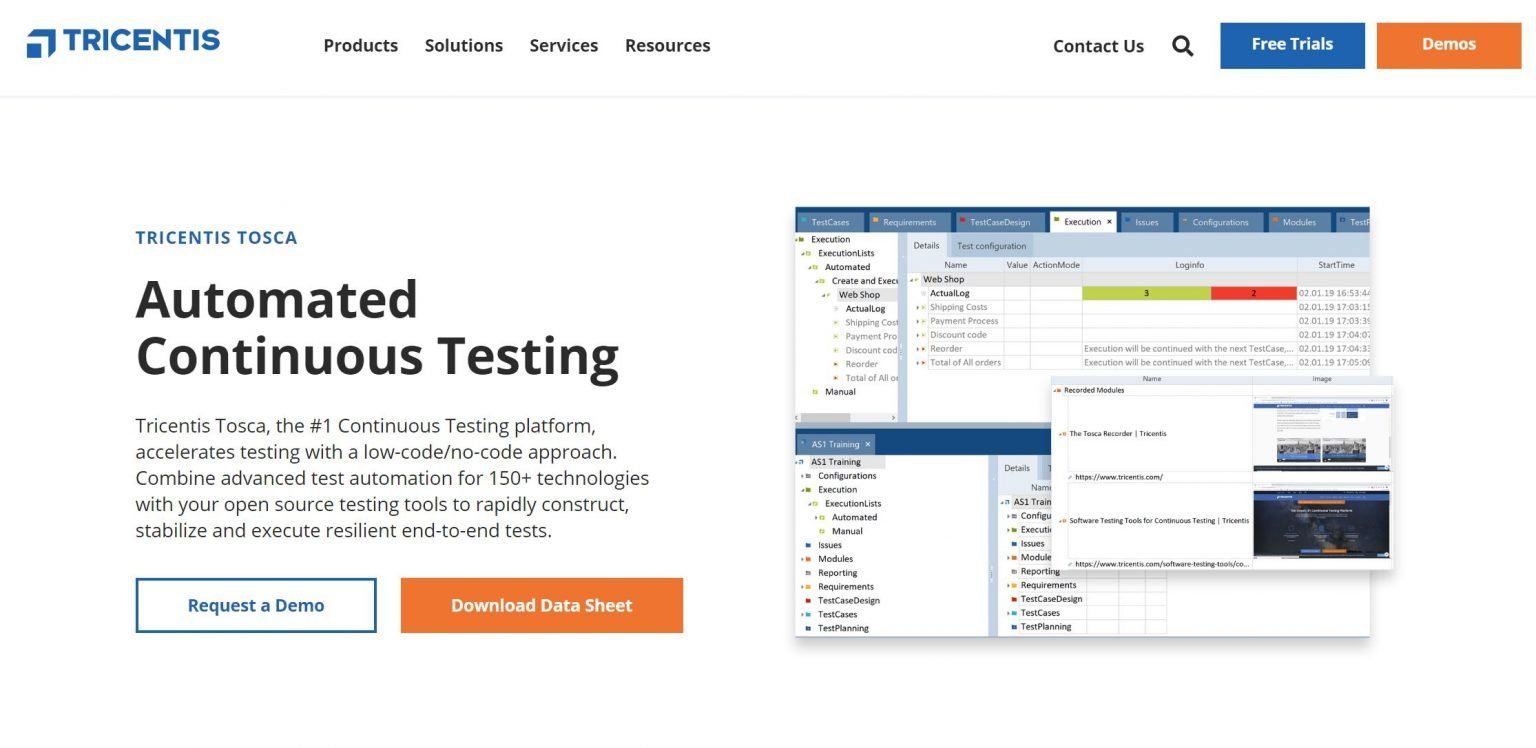
Key Features:
- A beginner also can understand the Tosca tool and can instantly create advanced API tests from a business perspective and then integrate them throughout all scenarios.
- Tricentis Tosca is suitable for continuous testing & automation test for mobile-based, web-based, UI, SAP, etc.
15. Apiary
Apiary is a complete API platform where we can design, build, develop, and document API.
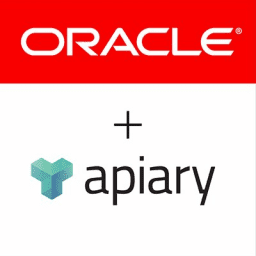
Key Features:
- It provides a framework to develop, test, and implement production-ready API, faster.
- To create an API, we need to define a schema for the input and output whereas, an Apiary API can be designed with mocked input and output.
This mocked API meets application specifications without any change in coding, while data can be integrated and tested.
16. MuleSoft API
Mulesoft aka AnyPoint API Manager, is a platform where developers can build, design, manage, and publish APIs.
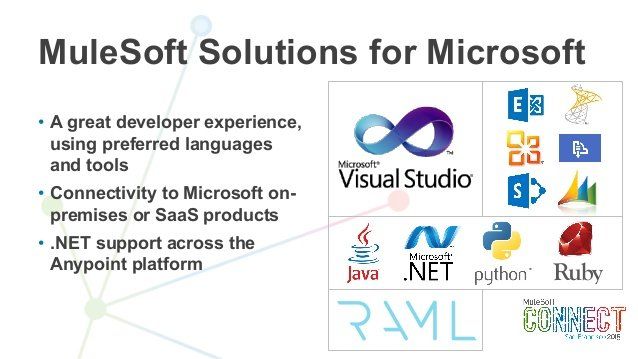
Key Features:
- It offers organizations to integrate with popular cloud services such as Salesforce, SAP, and many more.
- The AnyPoint platform uses Mule as a run time engine.
- API Manager assures each API is secure and in simple terms is full lifecycle API management.
17. Apigee
Apigee by Google Cloud enables API managers to design, secure, publish, analyze, monitor, and monetize APIs.
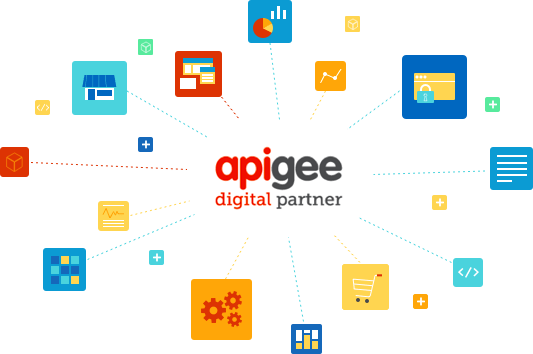
Key Features:
- It can be operated in a hybrid-cloud environment to perform digital acceleration.
- Apigee edge creates API proxies, and using these; one can get real analytics data.
- Proxies created by Apigee edge manage security and authentication to give better services.
Conclusion
- Each organization has different requirements and they deploy different tools as per the requirement of that project.
- There is no such thing as the perfect tool.
- All API test tools work superbly well and are great options, depending on your team’s requirements.
- The role of APIs is extremely important if analyzed from a software development and business angle.
- These machine-readable interfaces for resource exchange are delivery services that work under the hood and enable the needed technological connection.
- There is the same functionality accessible in all API tools, but the approach for each tool differs. The best way to experience their complete features is to give them a try to see what is best suitable for your business requirement.
Keep reading Codersera if you wish to stay at the top of your game and would never want to miss out on any tech updates! Keep following, and keep enjoying!
FAQ's
Is API testing in demand?
Upsurge in the technological advancements in software development technologies has enabled growth in demand for API testing. Rising complexities in the information technology sectors have induced growth in the demand for API testing.
Does API testing require coding?
Automated testing requires you to use a testing tool, like SoapUI, while manual testing consists of writing your own code to test the API. API testing is one of the areas where automated testing is highly recommended, particularly in the world of DevOps, agile development, and continuous delivery cycles.
Which is better API or selenium?
Another advantage is that API tests are more easily set up as performance tests: running the API tests on 100 machines with 100 calls per second is much easier than doing the same thing with Selenium tests. Concluding: in my opinion having three levels of automated tests has a lot of advantages.
Is API coding hard?
Learning and using APIs can be difficult for reasons stemming from the very nature of software. For example, due to its high ductility, the software can evolve quickly, which means that APIs can rapidly become outdated.